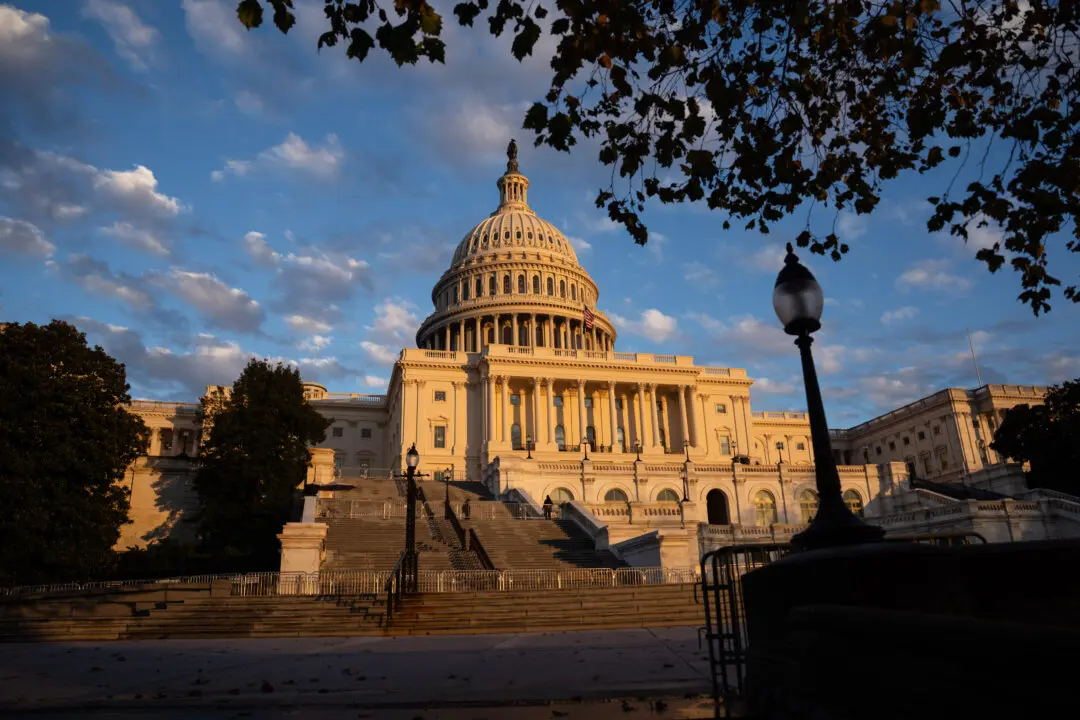President Joe Biden and House Speaker Kevin McCarthy (R-Calif.) met on Feb. 1 to talk about raising the U.S. debt ceiling. However, many Americans may not have a whole grasp on what that is, although oddly, so many have an opinion on what should be done about it.
For example, a recent poll conducted by RMG Research found that 79 percent of Americans think that the debt ceiling should be raised but are divided on whether that should be accompanied by spending cuts.





